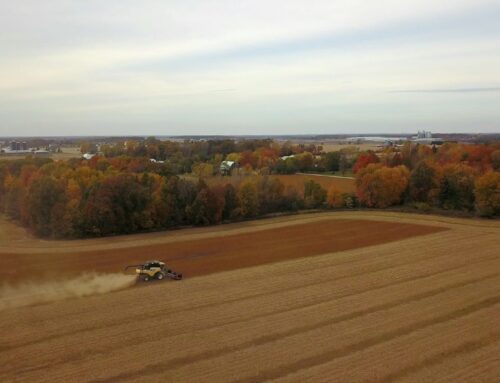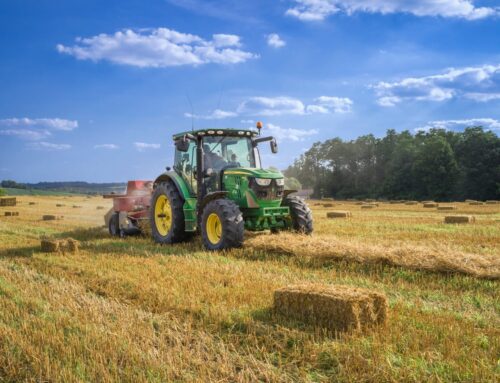Updated November 2018
View or download this fact sheet as a PDF.
Special interests claiming to represent the interests of cotton growers are clamoring for more taxpayer spending to prop up the cotton sector. But these Washington-based special interests mislead the public on the billions of dollars already available for cotton-growing agribusinesses.
- Fact #1: Under the 2014 Farm Bill, spending on subsidized loans, storage, processing, and direct payments for cotton has totaled $2.8 billion. In addition, federally subsidized crop insurance has directed $4.7 billion in benefits to cotton producers in just the last five years.
- Fact #2: Cotton producers receive payments under new shallow loss income programs. The 2014 Farm Bill converted “cotton base” to “generic base,” facilitating nearly $1.3 billion in ARC/PLC payments to cotton producers that planted another commodity (peanuts, corn, wheat, etc.) The Bipartisan Budget Act of 2018 went further and created a new “seed cotton” commodity under ARC/PLC. The seed cotton program is expected to produce $3 billion in payments over ten years.
- Fact #3: The cotton sector routinely receives special treatment. After direct payments were eliminated for every other producer, cotton growers continued receiving them as “transition assistance” ($487 million). Taxpayers spent more than $800 million bribing Brazilian cotton farmers to prevent Brazil from retaliating after the WTO ruled against U.S. cotton subsidies. In FY2016 USDA directed $328 million in unbudgeted financial payments to cotton processors (which are typically owned by cotton producers). Cotton producers are expected to receive $277 million in Market Facilitation Payments as part of the Trump Administration’s tariff bailout.
- Fact #4: Cotton producers are well-equipped to recover from recent disasters. Roughly 95 percent of this year’s cotton acreage is enrolled in federally subsidized crop insurance with the majority of acreage in policies guaranteeing that businesses make least 70% of their expected revenue.
Our Take
Agricultural businesses choosing to grow cotton already benefit from an overly generous taxpayer subsidized safety net. Lawmakers and cotton special interests should spend less time misleading the public on the cotton-sector’s subsidized safety net and spend more time reforming federal policy to deliver a cost-effective, transparent financial safety net for agricultural businesses that taxpayers can afford.











Get Social